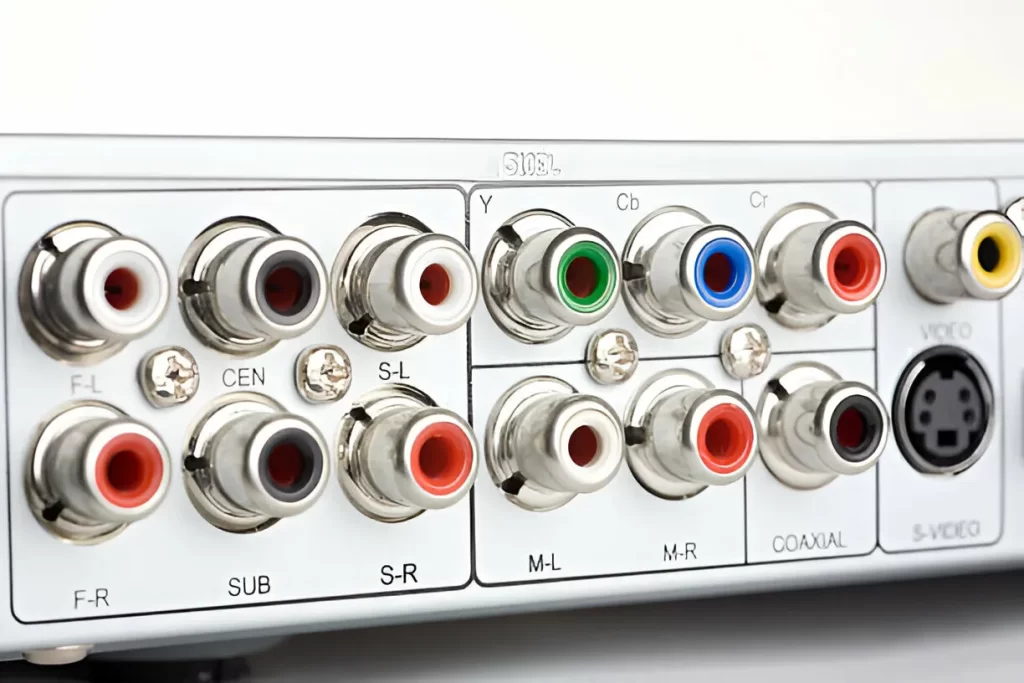
A Historical Tour of Oscilloscope
The journey of the online oscilloscope had a great history. It began with the oscillograph, a marvel of mechanical ingenuity from the late 19th century. These early devices used intricate mechanisms involving mirrors and light beams to reflect voltage changes. Imagine a Victorian-era Rube Goldberg machine where a flick of a switch sets off a chain reaction of gears, levers, and mirrors, all to create a faint trace of light on a screen. While impressive for their time, oscillographs were bulky, slow, and prone to errors.

Thankfully, technology took a leap forward with the invention of the cathode ray oscilloscope (CRO) in the early 1900s. These instruments make the most out of the power of electron beams and phosphor screens and resulted in a much faster and more user-friendly experience. Electrons, instead of delicate mirrors, were manipulated by electromagnetic fields to paint a dynamic picture of the electrical signal on the screen.
The Digital Revolution of Oscilloscopes

Fast forward to today, oscilloscopes have undergone another radical transformation. Today’s modern online oscilloscope are tiny computers with lightning-fast sampling abilities. They act like super-speed cameras, capturing snapshots of voltage at specific moments in time. These snapshots are then converted into digital data and displayed on a screen, creating a constantly updating image of the electrical signal.
This digital approach offers several advantages. Unlike their analog counterparts, digital oscilloscopes can store and analyze signals for later review. They can also perform complex calculations and measurements on the captured data, providing deeper insights into the signal’s behavior.
Basic Functions of Oscilloscope
Modes that Make a Difference

An oscilloscope’s “mode button” is like a conductor’s baton, allowing you to choose how you want to view the signal. Just like an orchestra can play the same piece in different styles, the mode button lets you see different aspects of the electrical performance. Here are some of the most common modes:
- Voltage mode: This is the bread and butter of oscilloscopes, displaying how voltage changes over time. It’s like watching a wave rise and fall on the screen.
- Time mode: Sometimes, the precise timing of events within a signal is crucial. This mode focuses on measuring the time interval between specific points in the waveform.
- Spectrum mode: Not all signals are created equal. Complex signals, like music or radio waves, are composed of many different frequencies combined together. Spectrum mode acts like a prism, separating these frequencies out and displaying them on a graph, giving you a better understanding of the signal’s makeup.
- XY mode: Imagine comparing two different melodies played at the same time. XY mode allows you to visualize the relationship between two separate signals by plotting them against each other.
The Virtual Waveform World

The world of oscilloscopes isn’t limited to physical instruments anymore. The rise of virtual oscilloscopes has opened doors for new users and applications. These software programs can be run on computers or even tablets, providing a convenient and cost-effective way to analyze signals. While they may not offer the same level of precision or functionality as high-end benchtop oscilloscopes, virtual oscilloscopes are a great starting point for students, hobbyists, or anyone who wants to explore the fascinating world of electrical signals.
Why Should You Get One?

If you’re a seasoned engineer troubleshooting a circuit or a curious student taking your first steps into electronics, the oscilloscope is a powerful tool that can illuminate the invisible world of electricity.
Remember that there’s an oscilloscope out there waiting to help you see the electrical symphony playing all around us. Oscillogoat can help you visualize sound and measure variations in waves.
At Oscillogoat, we’re passionate about science and engineering. We don’t just make digital oscilloscopes, we want to put amazing tech in everyone’s hands!
Your donation of $299.90 helps us do just that. Here’s what you get with this donation:
- An easy-to-use digital oscilloscope from Oscillogoat
- Access to exclusive software and learning materials
- The satisfaction of knowing you’re supporting a brighter scientific future!
Grab yours now! Join us by donating today and be part of something amazing!
